Home>Garden Essentials>What Are Carrot Seeds
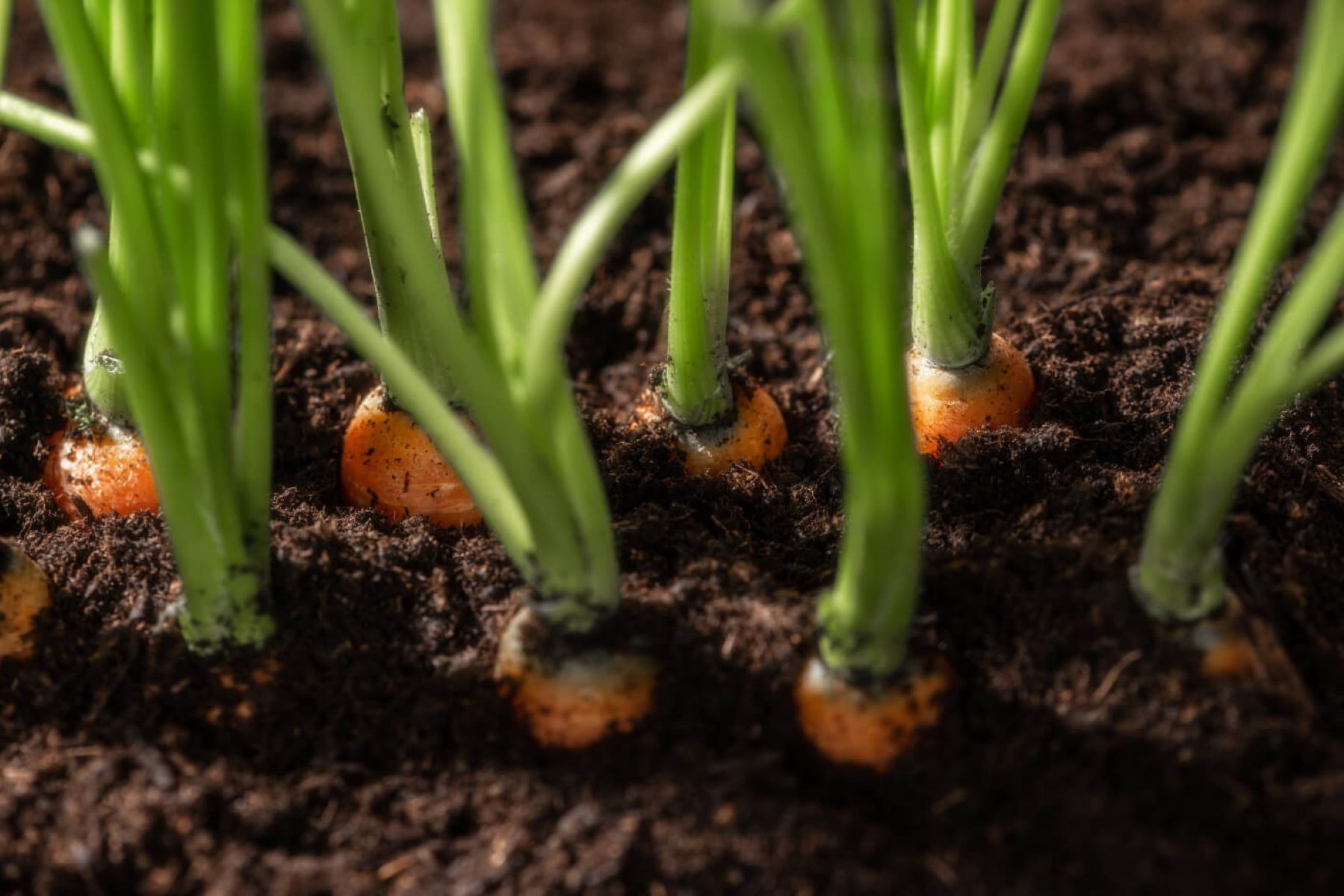

Garden Essentials
What Are Carrot Seeds
Modified: March 16, 2024
Discover the secrets of growing carrots in your garden with carrot seeds. Plant, nurture, and harvest delicious homegrown carrots for your culinary creations.
(Many of the links in this article redirect to a specific reviewed product. Your purchase of these products through affiliate links helps to generate commission for Storables.com, at no extra cost. Learn more)
Introduction
Carrots are one of the most popular and versatile vegetables, loved for their crisp texture, vibrant color, and sweet flavor. While most people are familiar with the orange carrots commonly found in grocery stores, there is a whole world of carrots waiting to be explored. But have you ever wondered how these delicious vegetables actually come to be? The answer lies in carrot seeds.
Carrot seeds play a crucial role in the life cycle of the carrot plant. They are the starting point for growing carrots and hold the promise of a bountiful harvest. In this article, we will explore everything you need to know about carrot seeds, from their definition to planting, germination, care, and harvesting.
So, let’s dig into the fascinating world of carrot seeds and uncover the secrets to growing your very own homegrown carrots!
Key Takeaways:
- Carrot seeds are the tiny packages of potential that hold the genetic information needed to grow into a fully mature carrot plant, offering a range of colors, flavors, and nutritional profiles.
- Successful carrot seed planting requires proper soil preparation, consistent moisture, thinning of seedlings, protection against pests and diseases, and harvesting at the right time for a bountiful homegrown carrot harvest.
Read more: What Is The Best Soil Mix For Carrots
Definition of Carrot Seeds
Carrot seeds are small, oval-shaped seeds that come from the flower head of the carrot plant (Daucus carota). These seeds are the reproductive structures of the plant and contain all the genetic information needed to grow into a fully mature carrot plant. Each seed is a tiny package of potential, ready to sprout and develop into a carrot plant.
The beauty of carrot seeds lies in their diversity. While most people are familiar with the classic orange carrot, carrot seeds actually come in a range of colors, shapes, and sizes. You can find seeds for orange, purple, yellow, or even white carrots, each offering a unique taste and nutritional profile.
Carrot seeds are typically sold in packets or can be harvested directly from mature carrot plants. They are small and lightweight, measuring about 1-2 millimeters in length. Due to their small size, a single packet of carrot seeds often contains hundreds of seeds, providing an abundance of potential carrot plants.
It’s also worth noting that carrot seeds have a relatively short shelf life compared to other vegetable seeds. They remain viable for around two to three years, after which their germination rate starts to decline. Therefore, it’s essential to use fresh carrot seeds for optimal germination and growth.
Now that we understand the definition of carrot seeds, let’s explore the different types of carrot seeds and the exciting possibilities they offer.
Types of Carrot Seeds
When it comes to carrot seeds, there is a wealth of variety to choose from. Carrot breeders have developed numerous cultivars, each with its unique characteristics, colors, flavors, and textures. Here are some popular types of carrot seeds you can consider for your garden:
- Orange Carrots: These are the classic carrots that come to mind for most people. They have a sweet, crisp flesh and are rich in beta-carotene, giving them their vibrant orange color. Varieties like ‘Nantes’ and ‘Bolero’ are popular choices for orange carrots.
- Purple Carrots: Purple carrots offer a stunning and unique addition to your garden and plate. They not only have a vibrant purple exterior but also contain anthocyanins, powerful antioxidants that provide health benefits. Varieties like ‘Purple Haze’ and ‘Atomic Red’ are known for their purple hue.
- Yellow Carrots: For a bright and sunny addition to your garden, consider planting yellow carrots. These varieties offer a slightly sweeter flavor and are rich in vitamin C. ‘Jaune du Doubs’ and ‘Solar Yellow’ are popular choices for yellow carrots.
- White Carrots: White carrots may not be as commonly seen, but they are still worth trying. They have a milder flavor compared to other carrot varieties and can add an interesting twist to your dishes. ‘Lunar White’ and ‘White Satin’ are popular choices for white carrots.
- Multicolored Carrots: If you can’t decide on just one color, why not try planting multicolored carrots? These varieties produce a mix of different-colored carrots, offering a visually stunning harvest. ‘Rainbow Blend’ and ‘Kaleidoscope’ are popular choices for multicolored carrots.
These are just a few examples of the many carrot seed choices available. When selecting carrot seeds, consider factors such as taste preference, growing conditions, and the desired end use of the carrots. Whether you’re a fan of the classic orange carrot or want to experiment with vibrant colors, there’s a carrot seed variety to suit every gardener’s taste.
Now that you have an idea of the different types of carrot seeds, let’s move on to the next step: planting carrot seeds for a successful crop.
Planting Carrot Seeds
Planting carrot seeds requires some careful consideration to ensure successful germination and growth. Follow these steps to plant your carrot seeds and set the stage for a bountiful harvest:
- Choose the right location: Carrots prefer a sunny location with well-drained soil. Select a spot in your garden that receives at least 6-8 hours of direct sunlight daily and has loose, fertile soil.
- Prepare the soil: Carrots thrive in loose, sandy soil that is free from rocks and clumps. Remove any debris from the planting area and loosen the soil to a depth of at least 10 inches. Incorporate organic matter, such as compost or well-rotted manure, to improve soil fertility and moisture retention.
- Sow the seeds: Create shallow furrows in the prepared soil, about ¼ to ½ inch deep. Space the furrows at least 2 inches apart to allow ample room for the carrot roots to develop. Carefully scatter the carrot seeds along the furrows, aiming for a spacing of about 2-3 seeds per inch.
- Cover and water: Gently cover the planted seeds with a thin layer of soil or vermiculite. Be careful not to bury them too deeply, as this can hinder germination. After covering, water the area gently with a fine mist or a light shower to ensure that the seeds are thoroughly moistened.
It’s important to note that carrot seeds can take anywhere from 10 to 21 days to germinate, so be patient and consistent with your watering routine. Keep the soil consistently moist but not waterlogged, as excess moisture can lead to rotting.
As the carrot seedlings begin to emerge, you may notice that they are quite delicate. It’s crucial to thin out the seedlings once they reach a height of about 2 inches. This will ensure that the remaining carrots have enough space to develop properly. Thin the seedlings to about 1-2 inches apart, depending on the desired size of your mature carrots.
Now that your carrot seeds are planted and well on their way to becoming mature plants, it’s time to learn about carrot seed germination and how to care for your growing carrot seedlings.
Carrot Seed Germination
Carrot seed germination is the process by which the seeds develop and sprout into seedlings. Here are some important factors to consider for successful carrot seed germination:
Optimal Soil Temperature: Carrot seeds germinate best in soil temperatures ranging from 50°F to 85°F (10°C to 29°C). The ideal temperature range for germination is around 60°F to 70°F (15°C to 21°C). It’s important to monitor the soil temperature to ensure it falls within this range.
Moisture: Proper moisture is essential for carrot seed germination. During the germination process, the seeds need to be consistently moist but not overly saturated. Dry soil can inhibit germination, while waterlogged soil can cause the seeds to rot. Regularly monitor the soil moisture and water gently if necessary.
Thinning: As the carrot seedlings emerge, thinning is an important step to ensure proper growth. Once the seedlings are about 2 inches tall, thin them out to provide adequate space for the remaining plants to develop. Thin the seedlings to 1-2 inches apart, depending on the desired size of the mature carrots.
Patience: Carrot seeds can take anywhere from 10 to 21 days to germinate, so patience is key. It’s important not to disturb the soil or become discouraged during this waiting period. With proper conditions and care, the seeds will eventually sprout, and you’ll see the tiny carrot seedlings emerging from the soil.
Pest and Weed Control: While carrot seeds are germinating, it’s crucial to keep the area free from pests and weeds. Pests like birds, slugs, and rabbits can damage the emerging seedlings, so consider using row covers or other protective measures. Weeds can also compete for nutrients and moisture, so regularly remove any weeds that appear near your carrot seedlings.
Once the carrot seeds have germinated and the seedlings are growing, it’s important to provide proper care to ensure their healthy development. In the next section, we’ll explore how to care for carrot seedlings as they continue to grow towards maturity.
Caring for Carrot Seedlings
Proper care is essential for nurturing carrot seedlings and ensuring their healthy growth. Here are some key aspects to consider when caring for your carrot seedlings:
Watering: Carrot seedlings require consistent moisture to thrive, especially during the early stages of growth. Regularly water the seedlings, keeping the soil evenly moist. Avoid overwatering, as it can lead to rotting of the delicate roots. Use a gentle watering method to avoid displacing the soil or damaging the seedlings.
Thinning: As the carrot seedlings grow, continuous thinning becomes even more important. Thin the seedlings to the recommended spacing, typically 1-2 inches apart, allowing ample room for the mature carrots to develop. Thinning helps reduce competition for nutrients and ensures better airflow and light penetration.
Weed Control: Weeds can compete with carrot seedlings for essential nutrients and moisture, inhibiting their growth. Regularly weed the area around the carrot seedlings, taking care to remove weeds without disturbing the delicate roots of the seedlings. Mulching can also help suppress weed growth and maintain soil moisture.
Fertilizing: Carrot seedlings benefit from a well-balanced fertilizer application to ensure optimal growth. Before planting the seeds, incorporate compost or well-rotted manure into the soil to provide organic nutrients. Avoid using excessive nitrogen-rich fertilizers, as they can lead to lush foliage but stunted root development.
Temperature and Sunlight: Carrot seedlings thrive in cooler temperatures and prefer full sun to partial shade. Protect the seedlings from extreme heat or cold by providing shade during hot afternoons or covering them with a frost cloth during cold nights. Maintaining an optimal temperature range will support healthy growth.
Pest and Disease Control: Monitor your carrot seedlings for signs of pests or diseases. Common pests that can affect carrot seedlings include carrot rust fly larvae and aphids. Use organic pest control methods like companion planting, row covers, or natural pest repellents to keep pests at bay. Proper spacing and good airflow can also help prevent disease development.
By providing the right care to your carrot seedlings, you are setting the stage for robust growth and a successful carrot harvest. As the seedlings continue to develop, they will eventually reach maturity, and it will be time to harvest the carrots. In the next section, we’ll explore how to harvest and store carrots grown from seed.
When planting carrot seeds, make sure to choose a sunny spot with well-drained soil. Sow the seeds thinly and keep the soil consistently moist for best results.
Harvesting Carrots from Seed
Harvesting carrots is an exciting and rewarding moment for any gardener. The process of growing carrots from seed culminates in the moment when you get to enjoy the fruits of your labor. Here are some important considerations for harvesting carrots:
Maturity: Carrots are ready for harvest when they have reached their desired size and color. This can vary depending on the specific carrot variety and your personal preference. Most carrots are harvested when they are about 1 to 1 ½ inches in diameter, although you can leave them in the ground longer for larger carrots if you prefer.
Gently loosen the soil: Before harvesting, gently loosen the soil around the carrots using a garden fork or trowel. This will make it easier to pull the carrots without damaging them. Be careful not to slice through the roots with your tools, as this can cause bruising or rotting.
Grasp and pull: Firmly grasp the leafy greens or the tops of the carrots close to the soil level. Gently pull upwards with a steady and even pressure. The carrots should release from the soil, and you can lift them out of the ground.
Trim the tops: Once you have harvested the carrots, trim off the leafy green tops. Leaving a short stub of foliage helps to extend the freshness of the carrots. You can save the tops for composting or use them in recipes if desired.
Inspect and sort: Examine each harvested carrot for any signs of damage or disease. Remove any carrots that show signs of rotting, pest damage, or other issues. Sort the harvested carrots based on size, shape, and quality, and set aside any that may need to be used first due to imperfections or damage.
Storage: Carrots can be stored in the refrigerator to prolong their freshness. Remove any excess soil but do not wash them before storage, as moisture can lead to spoilage. Place the cleaned carrots in a plastic bag or airtight container and store them in the vegetable compartment of the refrigerator. Properly stored carrots can last for several weeks.
With careful harvesting and proper storage techniques, your homegrown carrots can be enjoyed over an extended period, offering a delicious and nutritious addition to your meals.
In the next section, we’ll explore how to store carrot seeds and the importance of seed viability for future plantings.
Storing Carrot Seeds
Storing carrot seeds properly is crucial for maintaining their viability and ensuring successful future plantings. Here are some important guidelines for storing carrot seeds:
Seed Cleaning: Before storing carrot seeds, it’s important to properly clean and dry them. Remove any debris or chaff from the seeds, and separate them from the seed heads or pods. Allow the seeds to air dry completely in a cool, dry place for a few weeks before storing.
Storage Container: Choose a suitable storage container for your carrot seeds. It should be clean, airtight, and moisture-resistant to prevent any moisture or humidity from reaching the seeds. Options for storage containers include glass jars, seed envelopes, or small airtight bags.
Labeling: Properly label your storage container with the variety and date of the carrot seeds. This will help you keep track of the seeds and ensure that you use the oldest ones first, as carrot seeds have a limited shelf life.
Storage Location: Store the sealed container of carrot seeds in a cool, dark, and dry place. Aim for a storage temperature between 32°F to 41°F (0°C to 5°C). A refrigerator or a cool basement can be suitable storage locations. Avoid storing the seeds in areas prone to extreme temperature fluctuations or high humidity.
Seed Viability: Carrot seeds have a viability period of about two to three years under proper storage conditions. Over time, the germination rate of the seeds gradually decreases. To maintain high germination rates, it is recommended to use fresh carrot seeds or renew your seed supply every few years.
Performing Germination Tests: If you are unsure about the viability of your stored carrot seeds, you can perform a germination test before planting. Place a few seeds on a damp paper towel, fold it over, and keep it in a warm and dark place for about a week. Check the seeds regularly for signs of germination. If a high percentage of seeds germinate, the seeds are still viable.
By storing your carrot seeds properly, you can ensure that they remain viable and ready for future plantings. Whether you save seeds from your own plants or purchase new ones, proper storage techniques will help you maintain a reliable seed supply for successful carrot cultivation.
In the next section, we’ll discuss common issues that can arise when planting carrot seeds and how to address them effectively.
Common Issues with Carrot Seeds
While growing carrots from seeds can be a rewarding experience, there are some common issues that gardeners may face. Understanding these challenges and knowing how to address them can help ensure a successful carrot harvest. Here are some common issues with carrot seeds:
Poor Germination: One of the most common issues with carrot seeds is poor germination. The germination rate of carrot seeds can be influenced by factors such as temperature, moisture, and seed quality. To improve germination, make sure to provide optimal growing conditions, including consistent moisture and an optimal temperature range of 50°F to 85°F (10°C to 29°C).
Uneven Sprouting: Carrot seeds may not all sprout at the same time, resulting in uneven growth. This can happen due to variations in seed quality, moisture levels, or soil conditions. To promote more uniform sprouting, ensure even moisture distribution in the soil and consider pre-soaking the seeds for a few hours before planting to help initiate germination.
Carrot Fly Infestation: Carrot fly can be a common pest that affects carrot plants from seed. The flies lay their eggs near the base of young carrot plants, and the resulting larvae feed on the roots, causing damage. To prevent carrot fly infestations, consider using physical barriers like fine mesh netting or floating row covers to exclude the flies from reaching the plants.
Poor Root Development: Carrots need loose, well-drained soil to promote healthy root development. If the soil is compacted or contains rocks and clumps, it can hinder the growth of carrot roots, resulting in misshapen or stunted carrots. Before planting carrot seeds, prepare the soil by removing any debris, breaking up clumps, and incorporating organic matter to improve soil structure.
Insufficient Thinning: Proper thinning of carrot seedlings is crucial for successful growth. Overcrowded plantings restrict the growth of individual carrots, resulting in smaller, misshapen roots. It’s important to thin the seedlings to the recommended spacing, typically 1-2 inches apart, to allow each plant enough space to develop properly.
Weed Competition: Weeds can also be a common issue when growing carrots from seed. Weeds compete with the young carrot plants for essential nutrients, moisture, and sunlight. Regular weeding and mulching can help suppress weed growth and maintain optimal growing conditions for the carrot seedlings.
Excessive Moisture: While carrot seeds require adequate moisture for germination, excessive moisture in the soil can lead to rotting or fungal diseases. Avoid overwatering and ensure proper drainage to prevent waterlogged conditions. It’s important to find the right balance to provide consistent moisture without saturating the soil.
By being aware of these common issues and implementing appropriate preventive measures, you can increase your chances of growing healthy and vibrant carrot plants from seed. With proper care and attention, you’ll be rewarded with a bountiful harvest of delicious homegrown carrots.
In the next section, we’ll provide some valuable tips for successful carrot seed planting to help you optimize your carrot growing experience.
Read more: Crop Rotation: What To Plant After Carrots
Tips for Successful Carrot Seed Planting
Planting carrot seeds requires a bit of know-how and attention to detail. To ensure a successful carrot harvest, consider these tips for successful carrot seed planting:
Choose the right carrot seed variety: Consider the specific traits you desire in your carrots, such as color, size, and flavor. Choose a carrot variety that suits your preferences and growing conditions, ensuring that it is well-suited for your climate.
Prepare the soil properly: Carrots need loose, well-drained soil to grow properly. Prior to planting, remove any debris, rocks, or clumps from the soil. Incorporate organic matter, such as compost or well-rotted manure, to improve soil fertility and structure.
Plant at the right time: Carrots are cool-season crops and can tolerate light frosts. Plant carrot seeds in early spring or late summer for best results. Avoid planting during the heat of summer, as high temperatures can hamper germination.
Scatter seeds thinly: Carrot seeds are small, and it’s easy to sow them too closely together. Aim to scatter the seeds thinly along the furrows, ensuring a spacing of about 2-3 seeds per inch. This will provide enough room for the carrots to grow without overcrowding.
Keep the soil consistently moist: Carrot seeds need consistent moisture for germination. Water the planted seeds gently to avoid displacing them. Keep the soil evenly moist, but not waterlogged, as excessive moisture can lead to rotting. Monitor the soil moisture regularly and adjust watering as needed.
Thin out the seedlings: Once the carrot seedlings emerge, thin them out to provide enough space for proper growth. Thinning helps reduce competition for nutrients and ensures that each carrot has room to develop. Aim for a spacing of 1-2 inches between the remaining seedlings.
Protect against pests and diseases: Carrot fly and other pests can pose a threat to your carrot plants. Consider using physical barriers like mesh netting or floating row covers to protect your carrots from pests. Monitor the plants regularly for signs of pests or diseases and take appropriate measures to control them.
Mulch to suppress weeds: Mulching around the carrot plants can help suppress weed growth and conserve soil moisture. Apply a layer of organic mulch, such as straw or wood chips, around the plants. This will help keep the soil cool and moist while reducing weed competition.
Harvest at the right time: Harvest your carrots when they have reached the desired size and color. Gently loosen the soil around the carrots and pull them out carefully to avoid damaging the roots. Trim off the tops and store the harvested carrots properly for long-lasting freshness.
By following these tips, you can increase your chances of a successful carrot seed planting. Remember to stay attentive to the needs of your carrot plants throughout their growth cycle and adjust your care accordingly. Enjoy the rewarding experience of harvesting your very own homegrown carrots!
If you want to learn more about gardening and explore other related topics, feel free to browse our website for more informative articles.
REFERENCES:
– Carrot seeds. (n.d.). Retrieved from https://www.plantvillage.org/en/topics/carrot/infos
– How to grow carrots. (2019, June 4). Retrieved from https://www.rhs.org.uk/advice/grow-your-own/vegetables/carrots
– Sullivan, R. (2021, April 10). Growing carrots: How to plant, grow, and harvest carrots. Retrieved from https://www.almanac.com/plant/carrots
Conclusion
Growing carrots from seed is a rewarding and fulfilling experience that allows you to savor the flavors of homegrown vegetables. By understanding the process of planting carrot seeds and providing proper care, you can successfully grow your own vibrant, nutritious carrots.
From the definition of carrot seeds to exploring different varieties, we’ve covered the essential aspects of carrot seed planting. We discussed the importance of choosing the right carrot variety, preparing the soil, and ensuring optimal growing conditions. Proper watering, thinning, and weed control are vital for the healthy development of carrot seedlings.
We also addressed common issues that can arise when growing carrots from seed, such as poor germination, uneven sprouting, pest infestations, poor root development, and excessive moisture. By understanding these challenges, you are better equipped to overcome them and ensure successful carrot growth.
Furthermore, we explored the importance of storing carrot seeds properly, including seed cleaning, choosing suitable containers, labeling, and finding the right storage location. We also covered the limited viability of carrot seeds and the importance of performing germination tests to ensure seed viability for future plantings.
To achieve success in growing carrots from seed, we provided valuable tips, including selecting the right variety, preparing the soil, planting at the appropriate time, thinning seedlings, protecting against pests and diseases, mulching to suppress weeds, and harvesting at the right time.
Remember, gardening is a learning experience, and each season presents an opportunity to refine your skills and expand your knowledge. With practice and patience, you can become a successful carrot gardener, delighting in the joy of harvesting your own homegrown carrots.
So venture into the world of carrot seeds, explore different varieties, and let your garden flourish with the colorful and nutritious bounty of homegrown carrots. Happy planting!
Frequently Asked Questions about What Are Carrot Seeds
Was this page helpful?
At Storables.com, we guarantee accurate and reliable information. Our content, validated by Expert Board Contributors, is crafted following stringent Editorial Policies. We're committed to providing you with well-researched, expert-backed insights for all your informational needs.
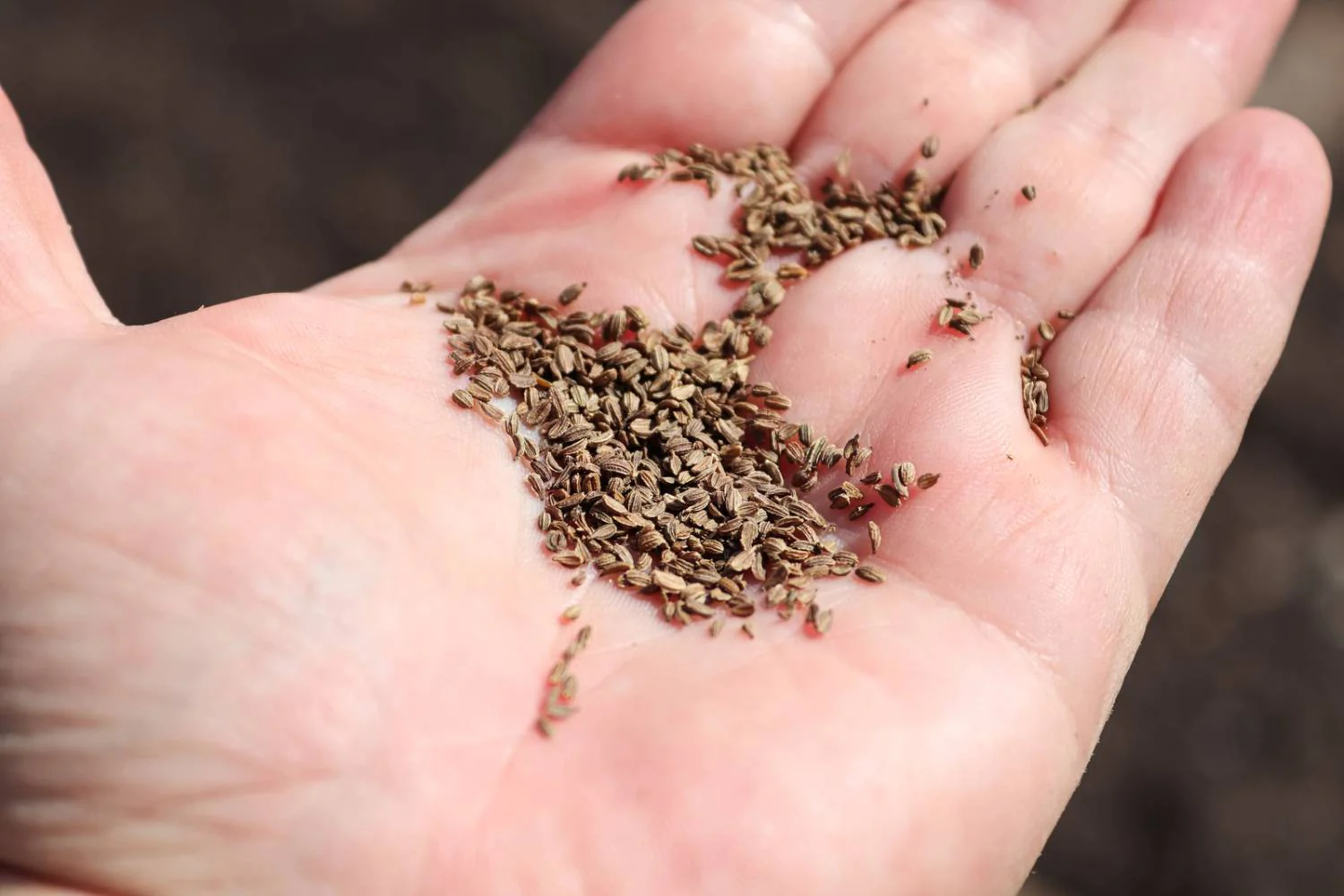
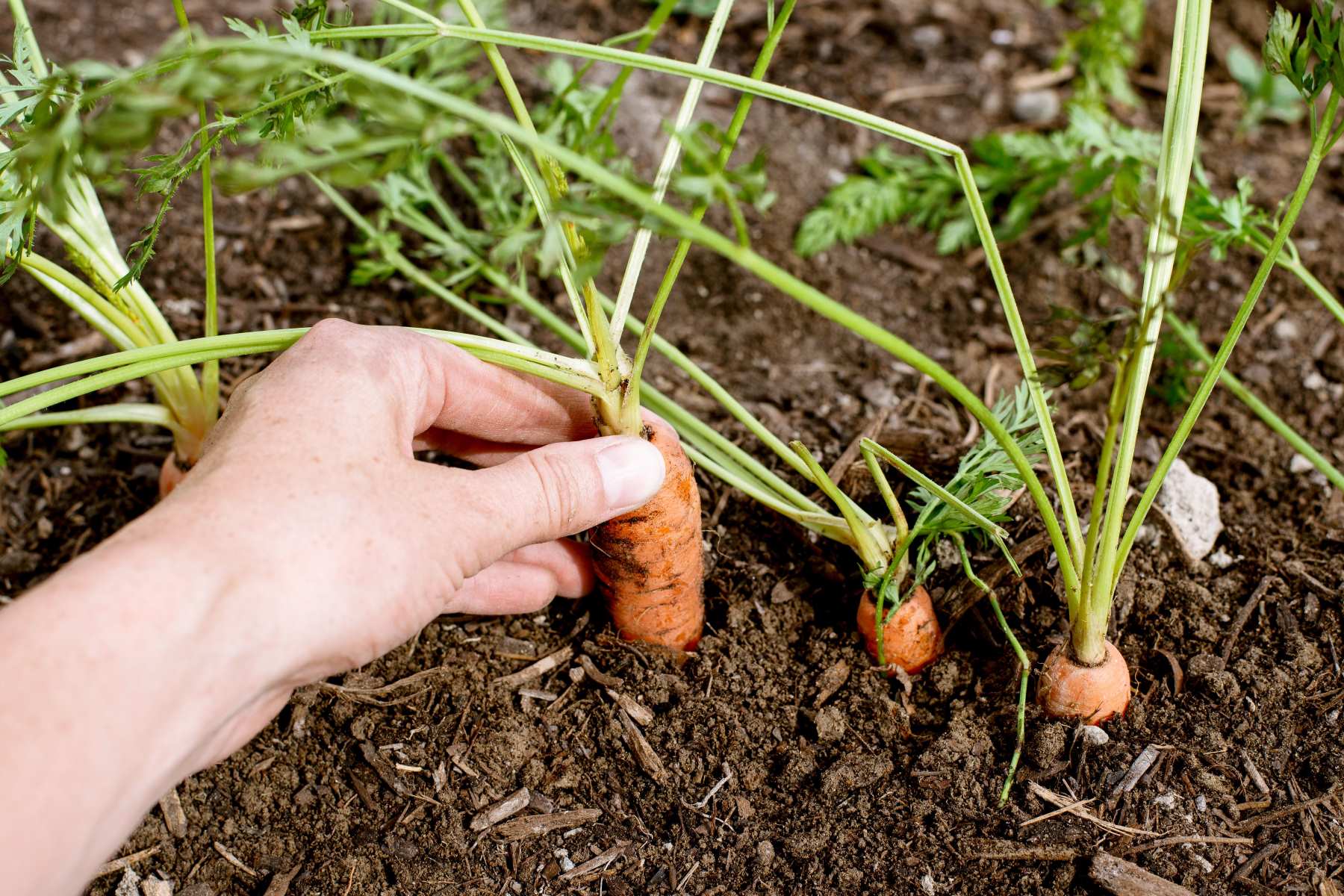
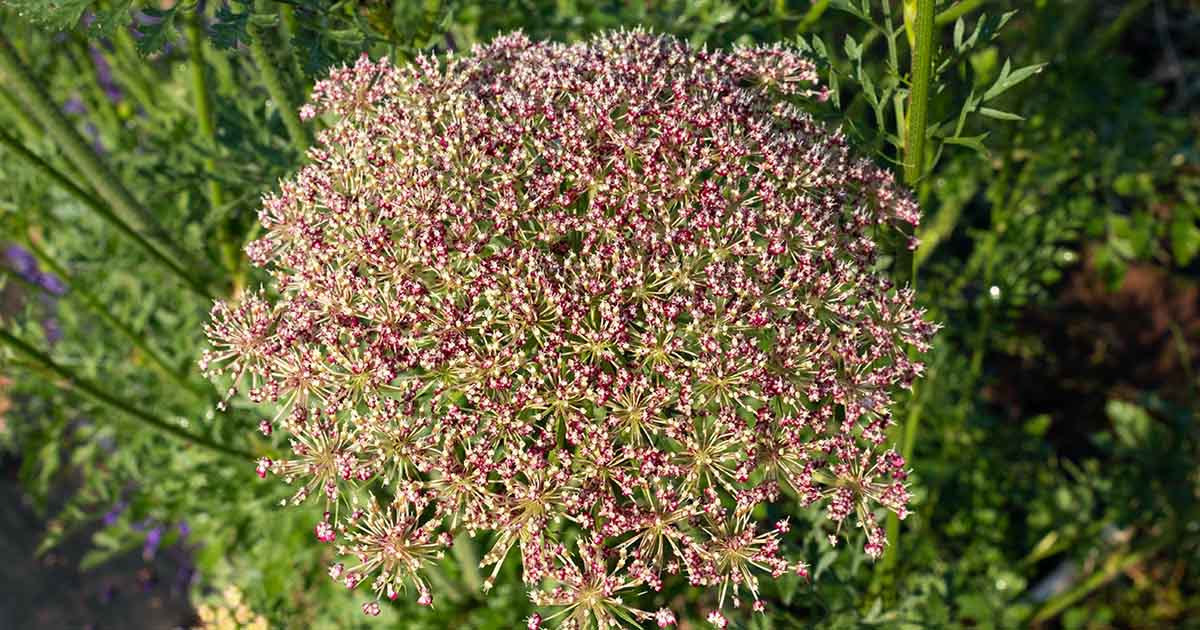
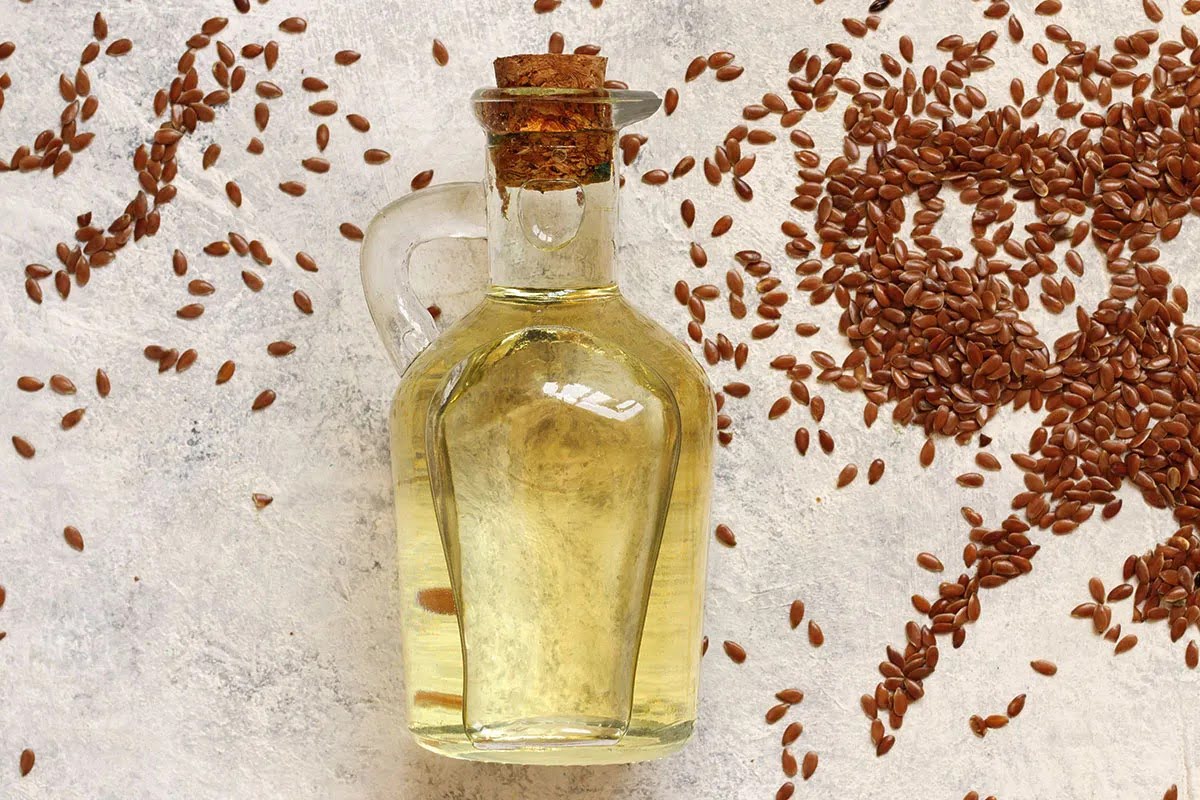
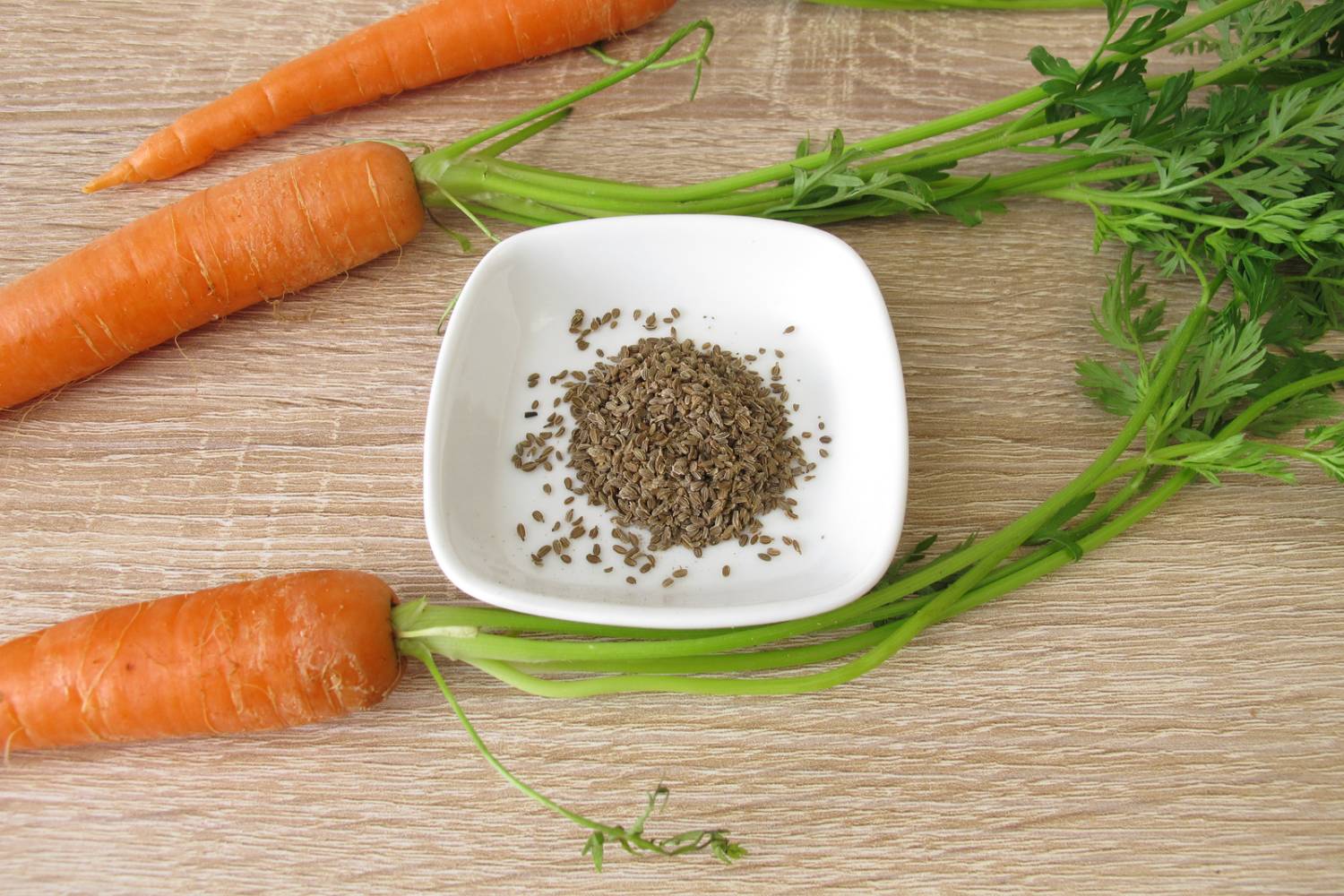
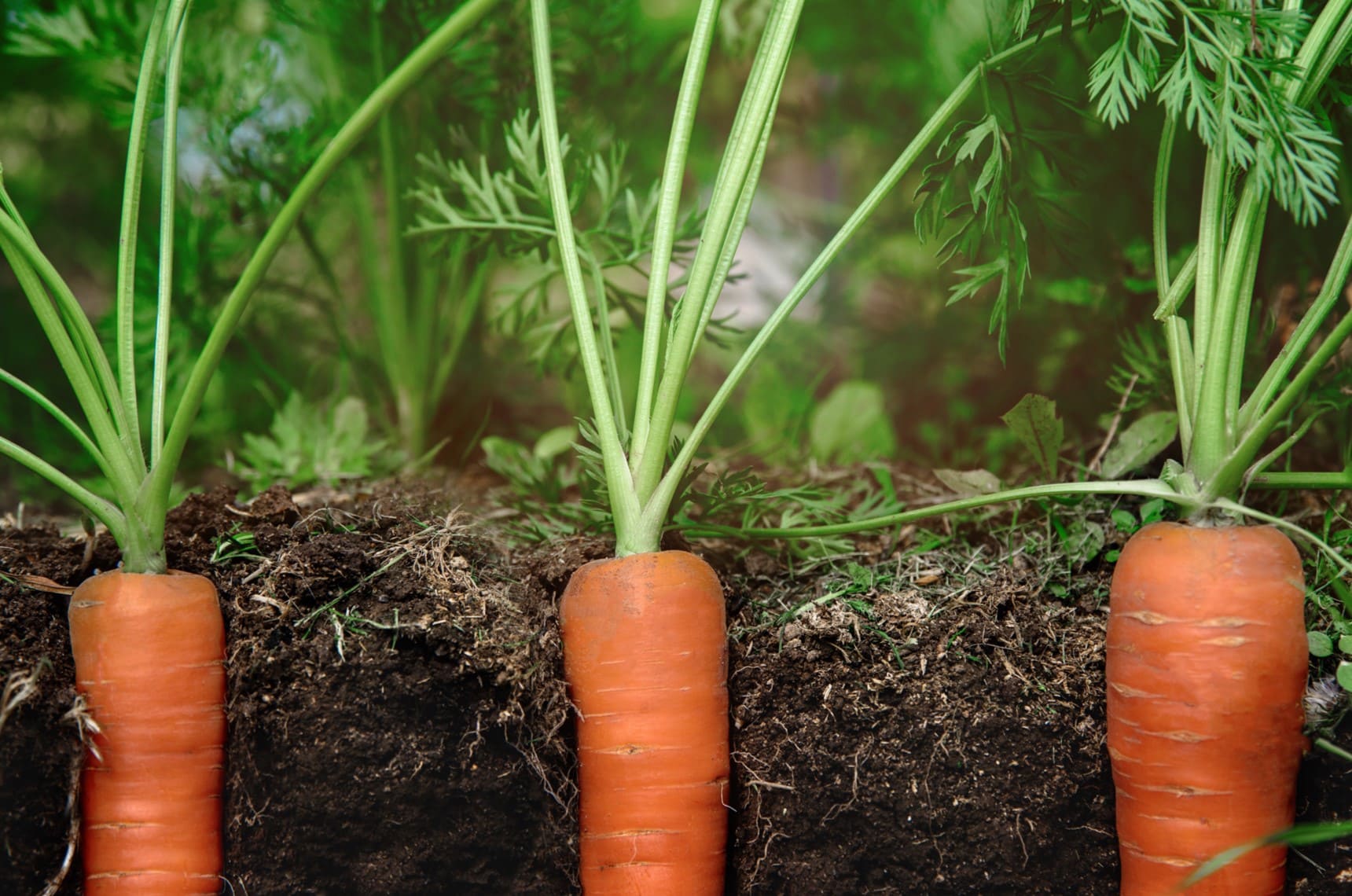
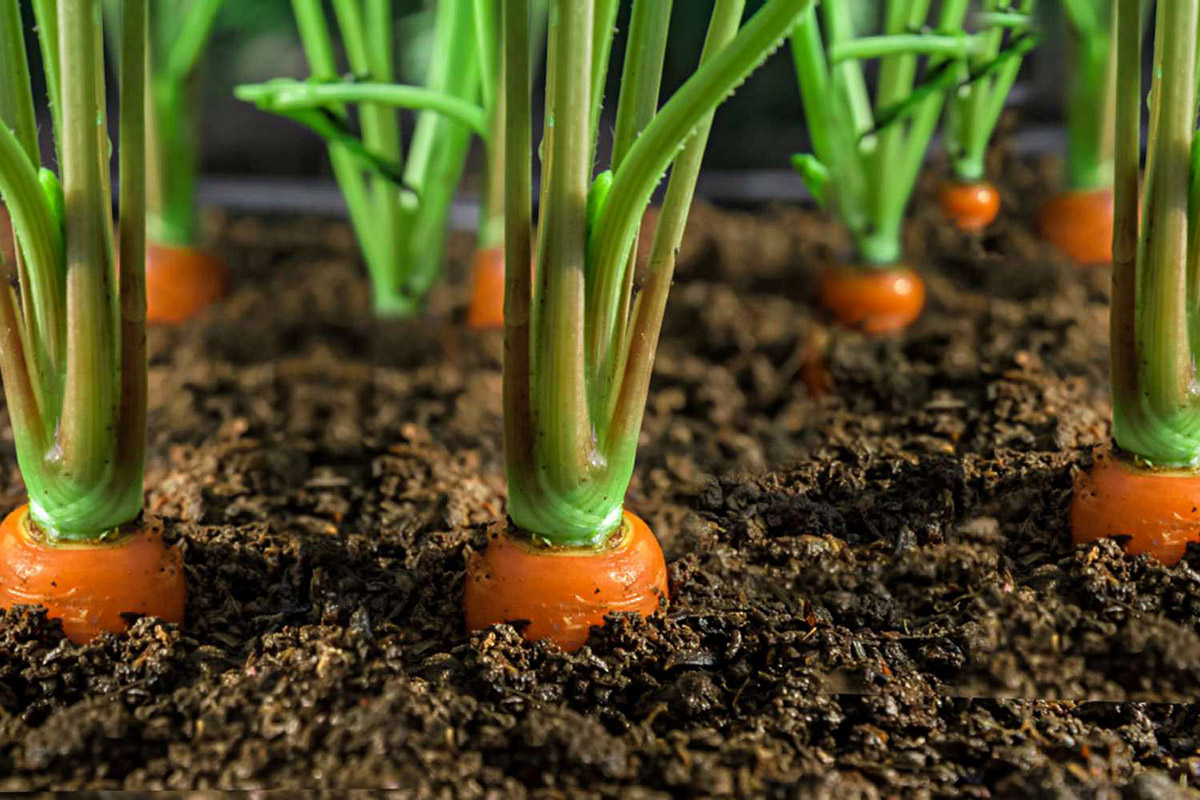
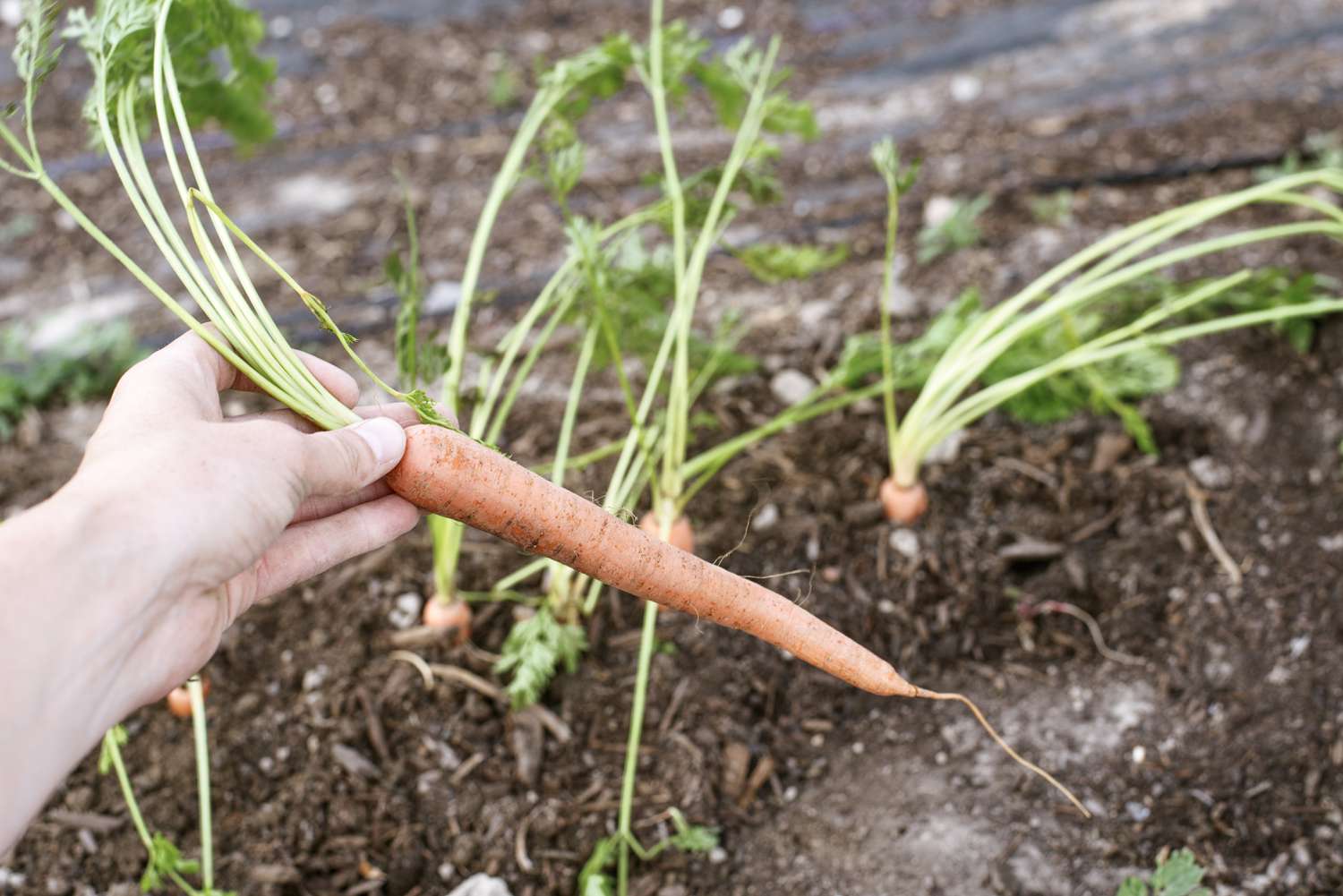
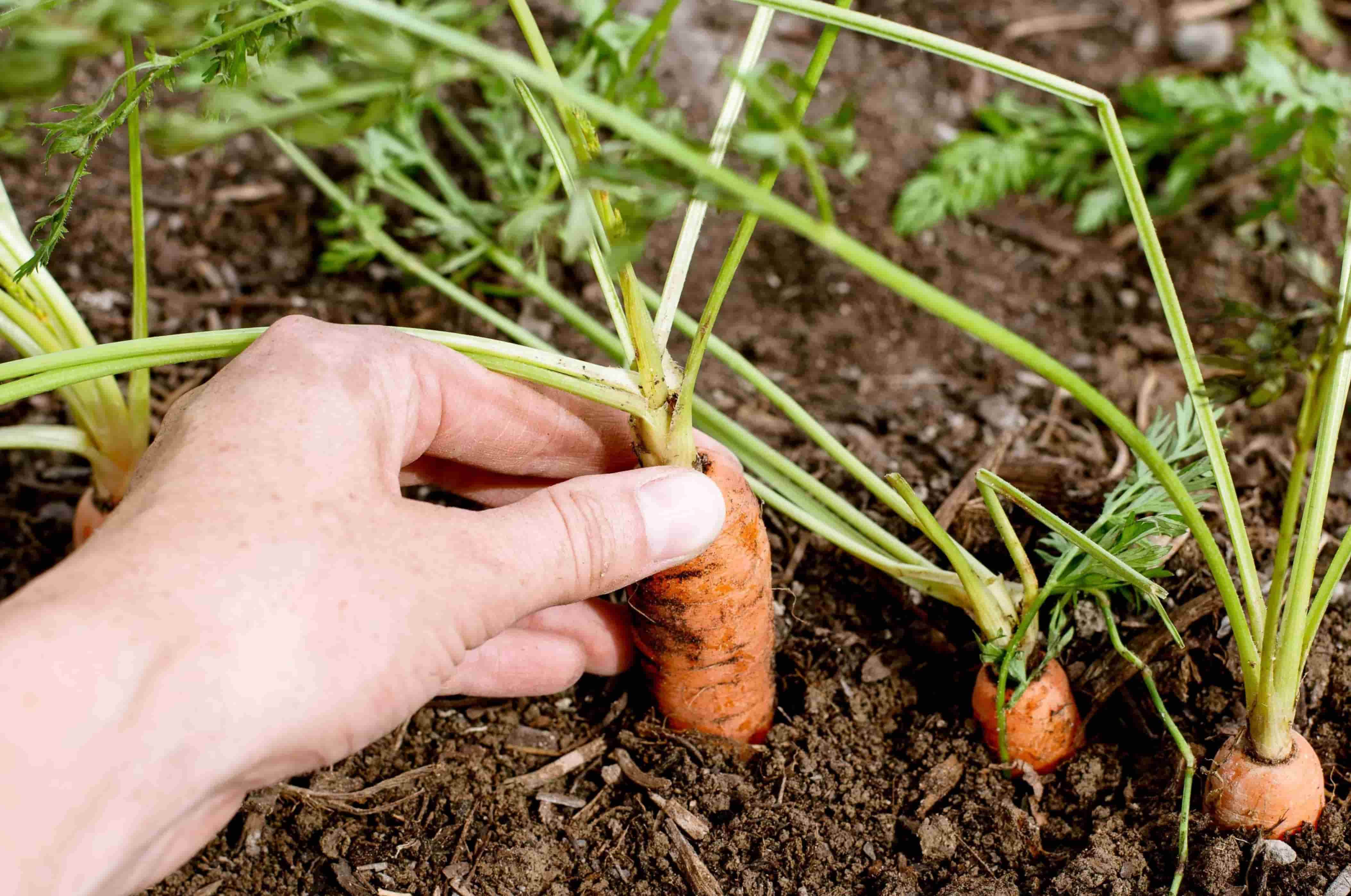
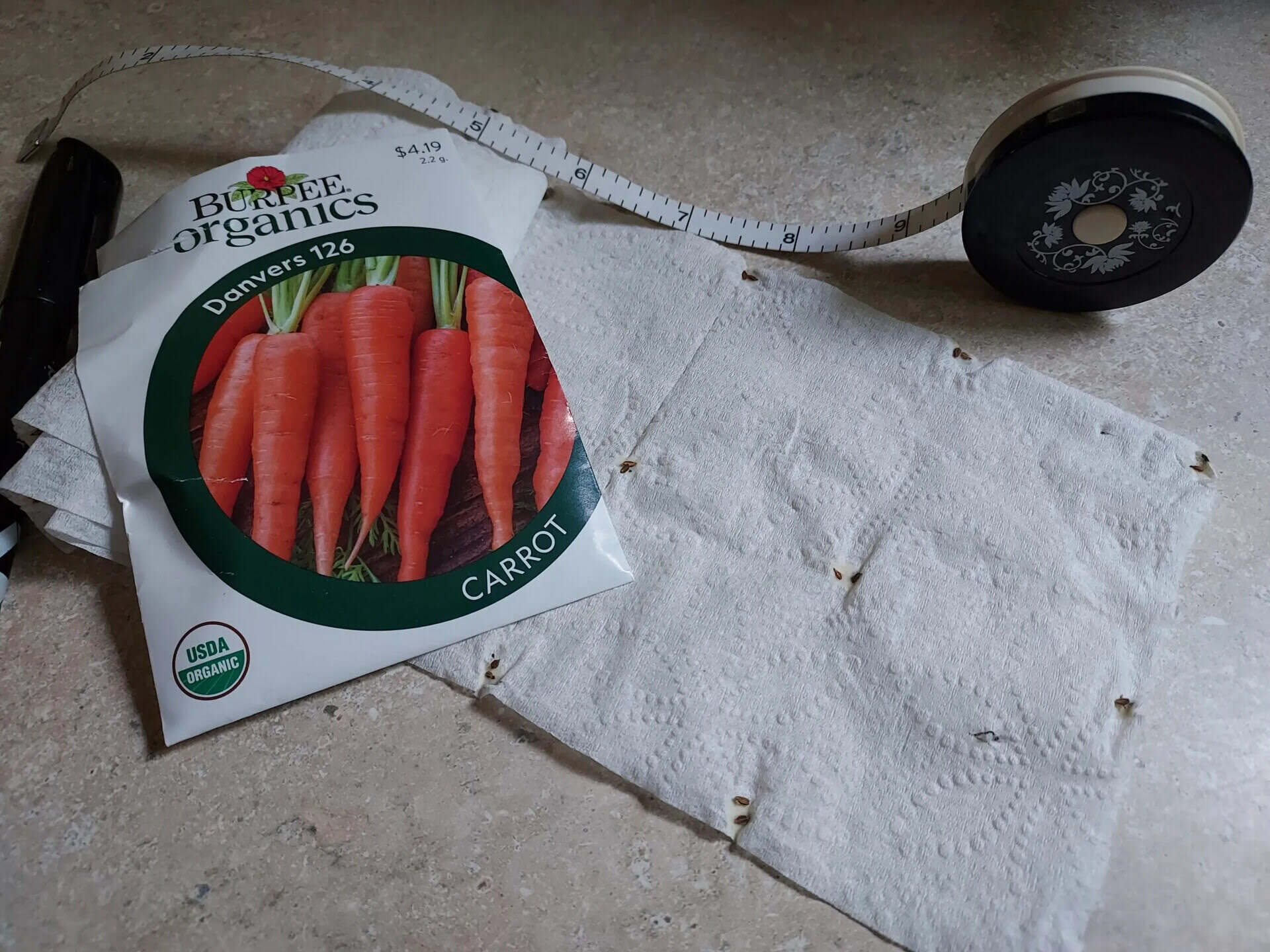
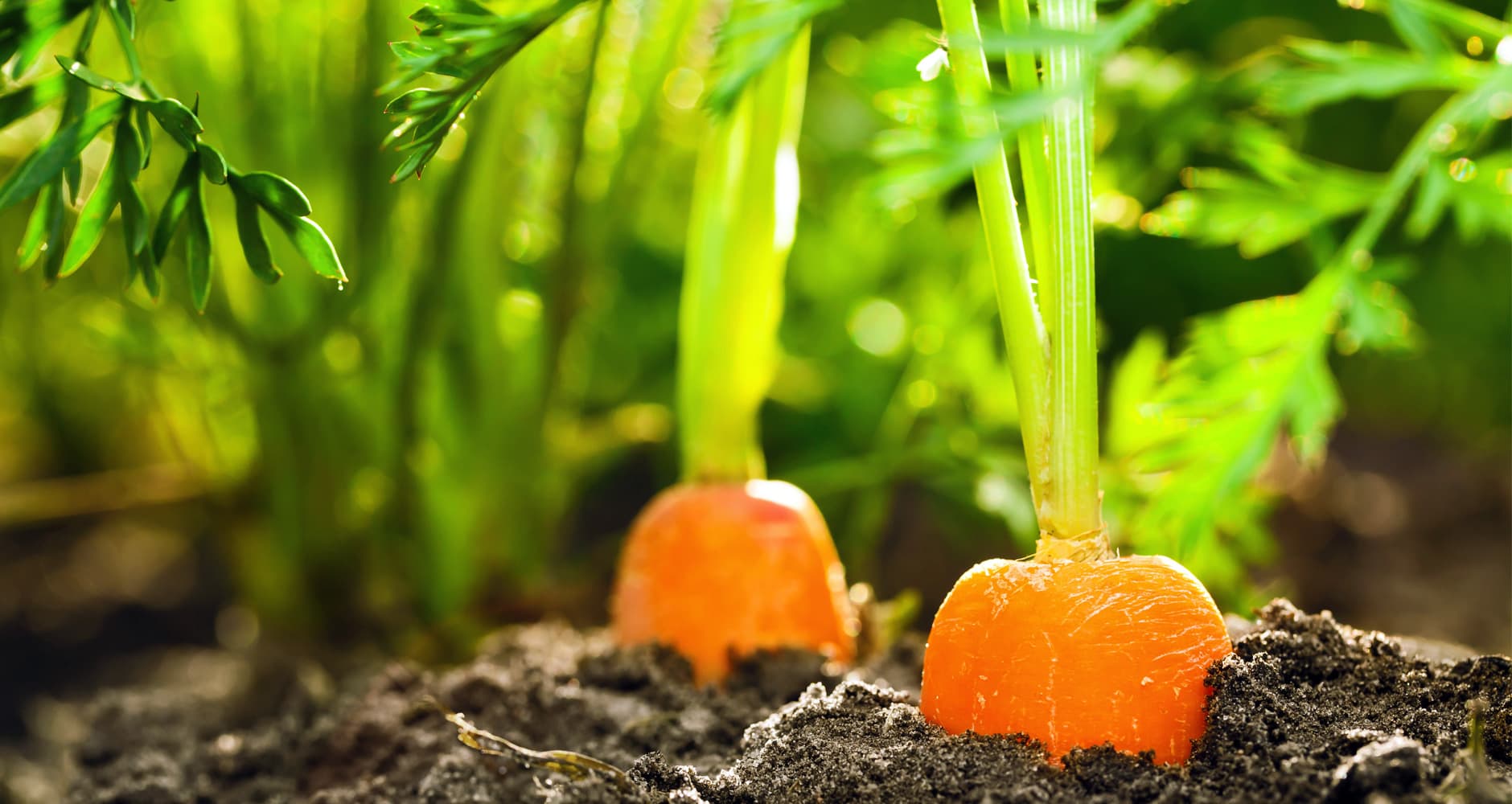
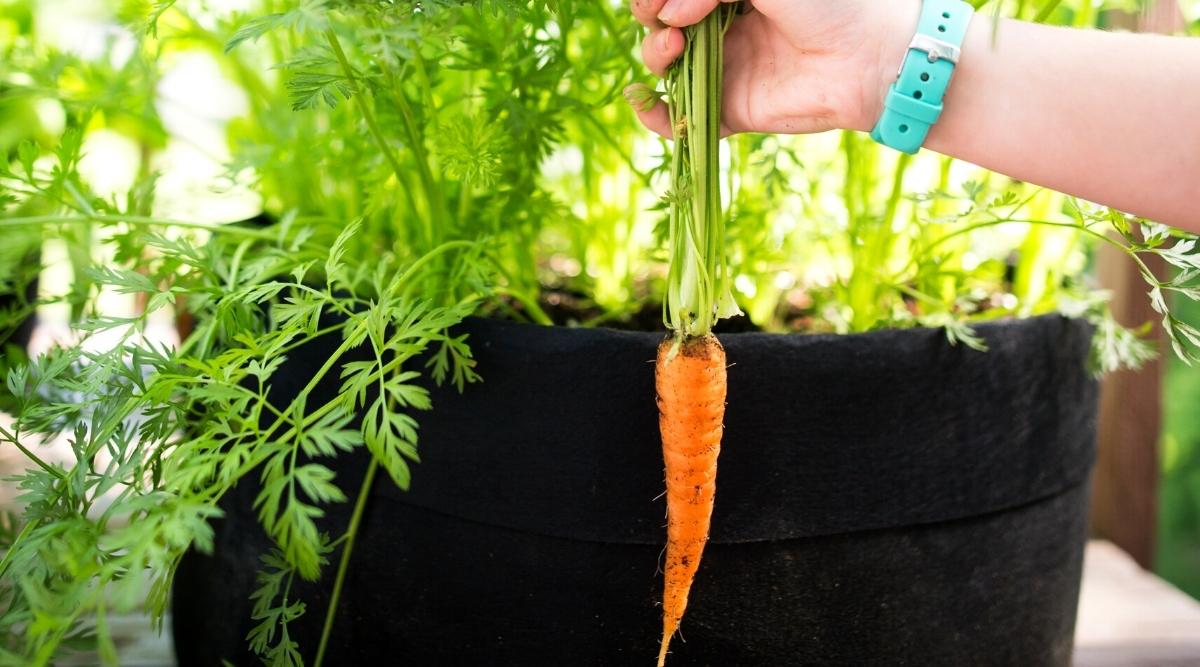
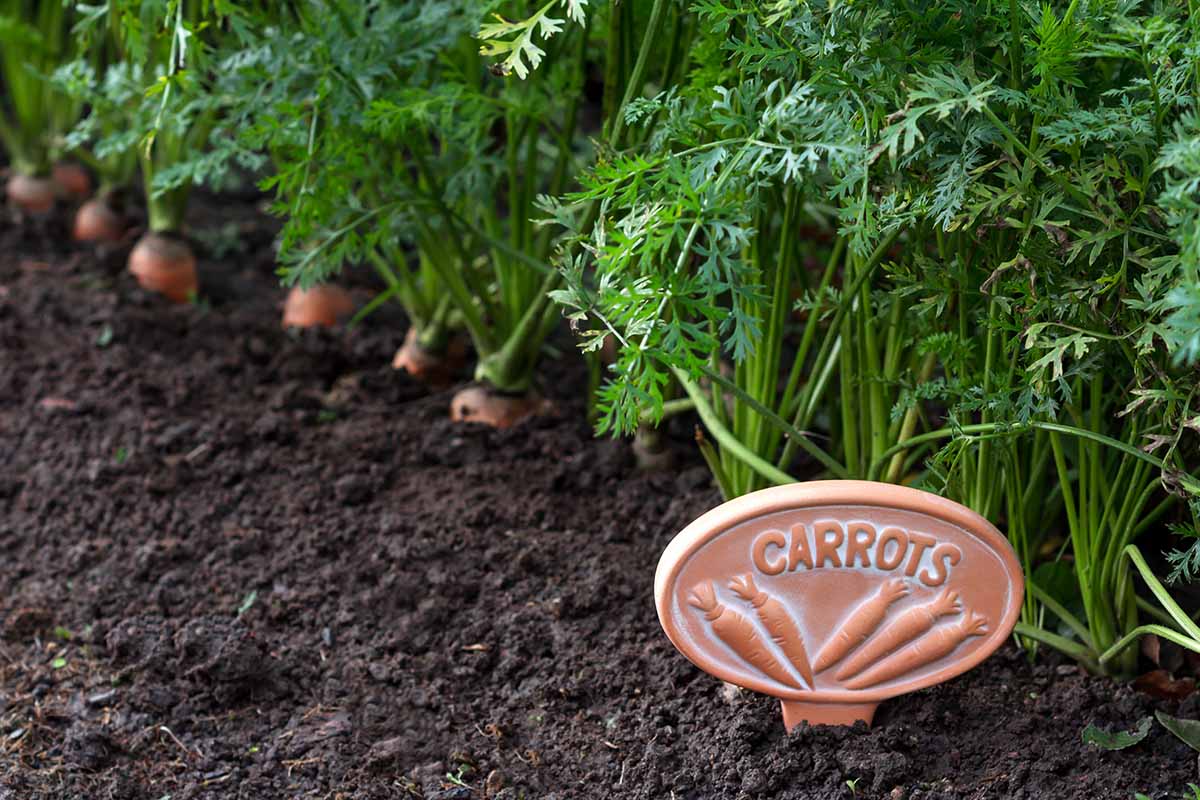

0 thoughts on “What Are Carrot Seeds”